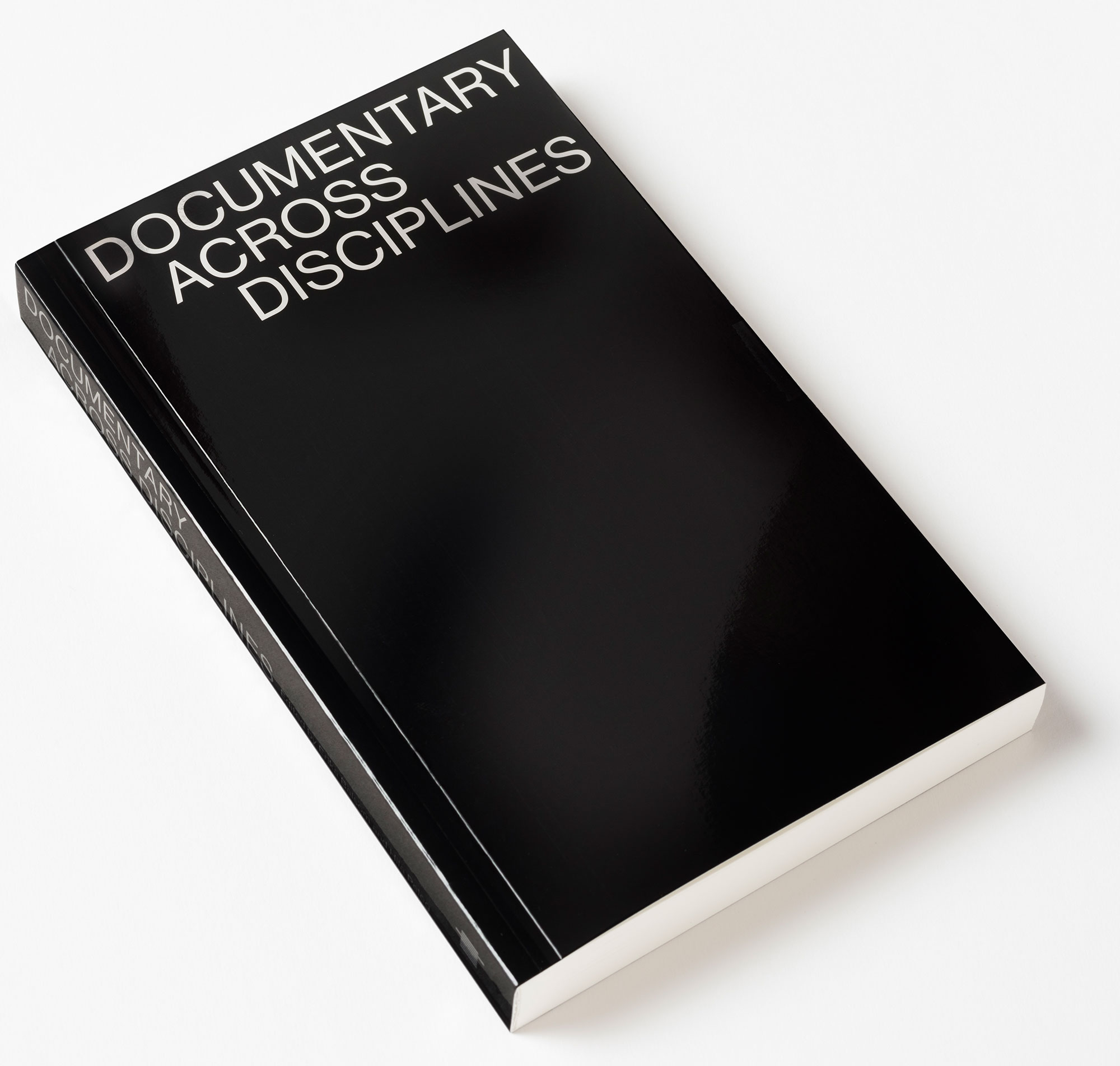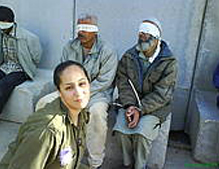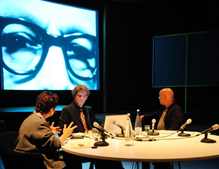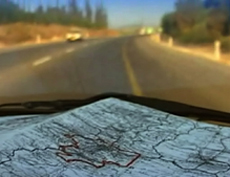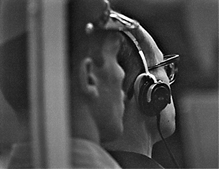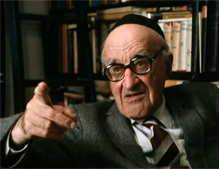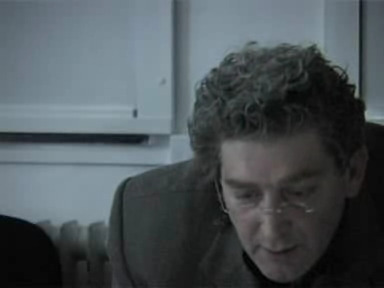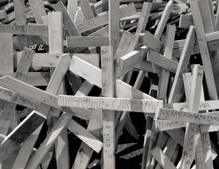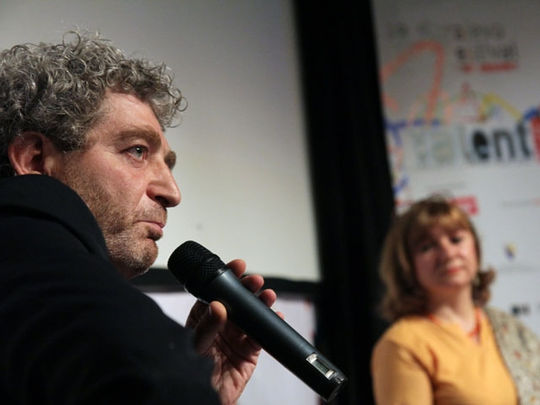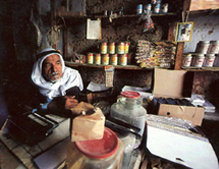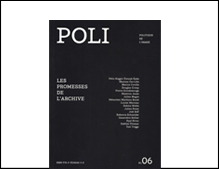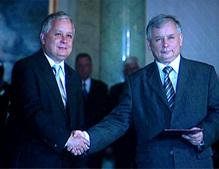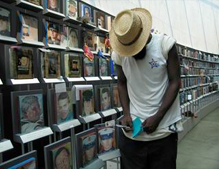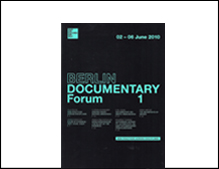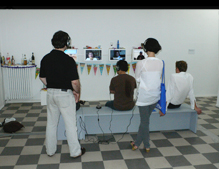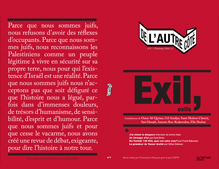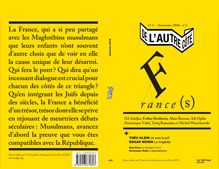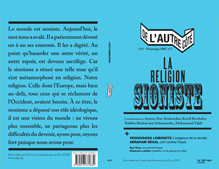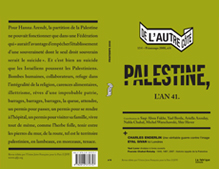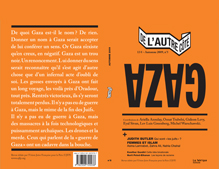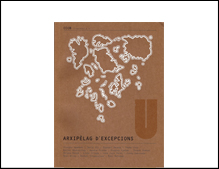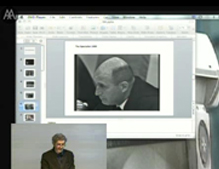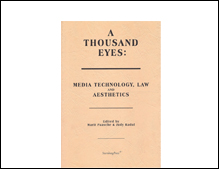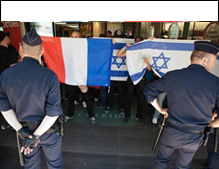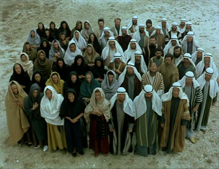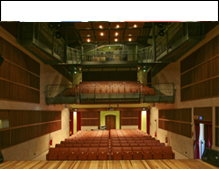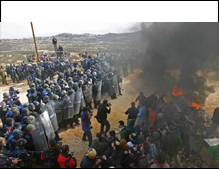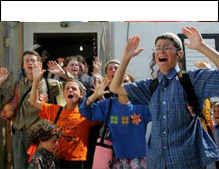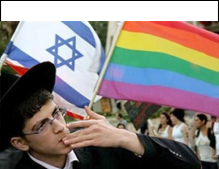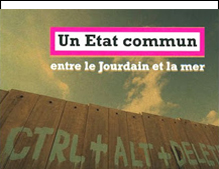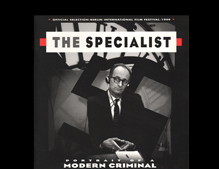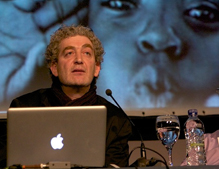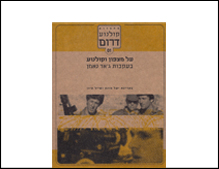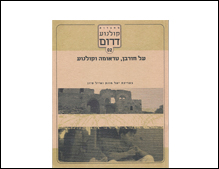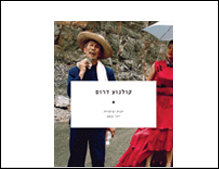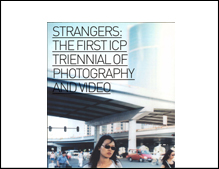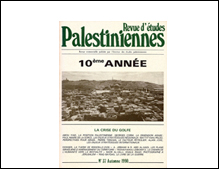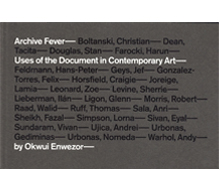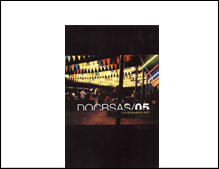-
Proposal for a visual media exhibition
with the participation of students of the Master of Film at the Dutch Film Academy, Amsterdam -
Get my films
Buy DVDs online at www.momento-films.com -
IZKOR
slaves of memory
Documentary film | 1990 | 97 min | color | 16mm | 4:3 | OV Hebrew ST -
Common Archive Palestine 1948
web based cross-reference archive and production platform
www.commonarchives.net/1948 - Project in progress - -
Montage Interdit [forbidden editing]
With professors Ella (Habiba) Shohat and Robert Stam / Berlin Documentary Forum 2 / Haus der Kulturen der Welt / June 2012 -
Route 181
fragments of a journay in Palestine-Israel
Documentary film co-directed with Michel Khleifi | 2003 | 272 min [4.5H] | color | video | 16:9 | OV Arabic, Hebrew ST
-
The Specialist
portrait of a modern criminal
Documentary film | 1999 | co-author Rony Brauman | 128 min | B/W | 4:3 | 35 mm | OV German, Hebrew ST -
Jaffa
the orange's clockwork
Documentary film | 2009 | 88 min | color & B/W | 16:9 | Digital video | OV Arabic, Hebrew, English, French ST
-
Montage Interdit
www.montageinterdit.net
Web-based documentary practice. A production tool, archive and distribution device | project in progress
-
Common State
potential conversation [1]
Documentary film | 2012 | 123 min | color | video | 16:9 split screen | OV Arabic, Hebrew ST -
Towards a common archive
testimonies by Zionist veterans of 1948 war in Palestine
Visual Media exhibition | Zochrot Gallery (Zochrot visual media lab) | Tel-Aviv | October 2012 - January 2013
-
I Love You All
Aus Liebe Zum Volk
Documentary film co-directed with Audrey Maurion | 2004 | 89 minutes | b/w & color | 35mm | OV German, French ST
reviews
The Long and Invisible Road- Route 181- Fragments of a Journey in Palestine-Israel by Sara Saljoughi [Jadaliyya]
15.05.2011
Today Palestinians commemorate the nakba, or day of catastrophe. At the same time, the state of Israel seeks to criminalize this expression of an autonomous Palestinian national consciousness, which threatens to fragment and disrupt Israel’s historical self-narrative. This year, the nakba finds itself in the shadow cast by the Israeli Knesset law, approved on 23 March 2011, which denies state funding to any organization that “undermines the foundations of the state and contradicts its values.” The new law, referred to in popular discourse as the “Nakba Law,” is aimed at dissociating Israel’s Independence Day from the Palestinian day of mourning. In the discourse of both politics and cinema, this day that is forever inscribed with the trauma of past, present, and future begs for recognition. It seems appropriate, then, on the occasion of this year’s nakba, to revisit Route 181: Fragments of a Journey in Palestine-Israel, a film that faced significant roadblocks to its release and one that deserves an important place in Jadaliyya’s ongoing “Essential Viewing” series.
Palestinian filmmaker Michel Khleifi (Wedding in Galilee, Zindeeq) and Israeli filmmaker Eyal Sivan (The Specialist,
Citizens K.) began conceptualizing Route 181 in 2001 – before September 11 – shot the film in the summer of 2002
and released it a year later. The film oscillates between a road trip movie and a documentary that traces the route of
the 1947 UN Partition Plan, which would have separated Palestine into two states: one Jewish, one Arab. During the
shooting and release of Route 181, the idea of a so-called two-state solution was particularly prominent in American
discourse, given George W. Bush’s “Roadmap for Peace,” which called for an independent Palestinian state. As it
navigates the spaces marked by these historical events, the film is acutely aware of the ways in which both 1947 and
2002 are woven into its texture. Looking back at Route 181 today, our reception of the film is haunted by the parallel nature of the invisibility of the life that once flourished in the now disappeared Palestinian villages and the difficulty of publicly naming the nakba. The state of Israel is invested in constructing a national vision that is premised on ignoring what it has erased from the territory of Palestine-Israel. The now illegal status of the nakba removes funding for any state organization (including schools, community arts organizations, research institutes, etc) that dares to represent the day of catastrophe. Israeli state discourse reconstitutes mourning the loss of Palestine as tantamount to denying Israel’s right to existence, thereby making it a crime against the state. Embedded in the commemoration of the nakba is the acknowledgement that moral and legal justice is owed to Palestinians. By asserting itself as a historical truth, the nakba unequivocally demands the Palestinian right of return. It also holds a mirror to the system of ethnic segregation and economic domination under which Palestinians have paid for Israel’s national vision. In this climate of contested and competing visions of history, Route 181 returns to our screens newly relevant to the events of not just 1947 and 2002, but 2011.
Palestinian filmmaker Michel Khleifi (Wedding in Galilee, Zindeeq) and Israeli filmmaker Eyal Sivan (The Specialist,
Citizens K.) began conceptualizing Route 181 in 2001 – before September 11 – shot the film in the summer of 2002
and released it a year later. The film oscillates between a road trip movie and a documentary that traces the route of
the 1947 UN Partition Plan, which would have separated Palestine into two states: one Jewish, one Arab. During the
shooting and release of Route 181, the idea of a so-called two-state solution was particularly prominent in American
discourse, given George W. Bush’s “Roadmap for Peace,” which called for an independent Palestinian state. As it
navigates the spaces marked by these historical events, the film is acutely aware of the ways in which both 1947 and
2002 are woven into its texture. Looking back at Route 181 today, our reception of the film is haunted by the parallel nature of the invisibility of the life that once flourished in the now disappeared Palestinian villages and the difficulty of publicly naming the nakba. The state of Israel is invested in constructing a national vision that is premised on ignoring what it has erased from the territory of Palestine-Israel. The now illegal status of the nakba removes funding for any state organization (including schools, community arts organizations, research institutes, etc) that dares to represent the day of catastrophe. Israeli state discourse reconstitutes mourning the loss of Palestine as tantamount to denying Israel’s right to existence, thereby making it a crime against the state. Embedded in the commemoration of the nakba is the acknowledgement that moral and legal justice is owed to Palestinians. By asserting itself as a historical truth, the nakba unequivocally demands the Palestinian right of return. It also holds a mirror to the system of ethnic segregation and economic domination under which Palestinians have paid for Israel’s national vision. In this climate of contested and competing visions of history, Route 181 returns to our screens newly relevant to the events of not just 1947 and 2002, but 2011.

